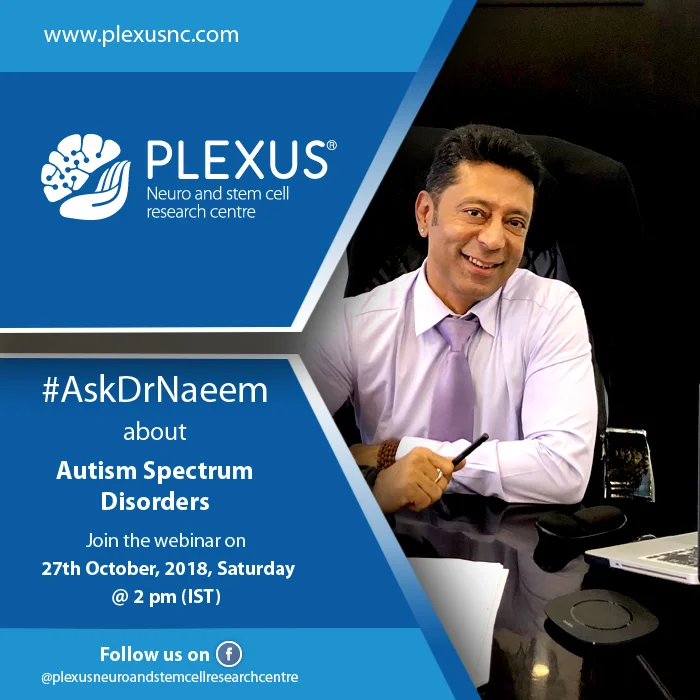- About Us
- Cell Therapy
- Neurology
- Disorders
- Services
- All Therapies
- Regenerative Rehabilitation
- Rehabilitation for Stroke
- Rehabilitation for Spinocerebellar Ataxia
- Parkinson’s Disease Rehabilitation
- Multiple Sclerosis Rehabilitation
- Rehabilitation for Spinal Cord Injury
- Rehabilitation for Motor Neuron Disease
- Rehabilitation for Cerebral Palsy
- Brachial Plexus Injury rehabilitation
- Rehabilitation for Global Developmental Delay
- Childhood Disorders Clinic
- Outpatient Services
- Ask a question
- Request an appointment
- About Us
- Cell Therapy
- Neurology
- Disorders
- Services
- All Therapies
- Regenerative Rehabilitation
- Rehabilitation for Stroke
- Rehabilitation for Spinocerebellar Ataxia
- Parkinson’s Disease Rehabilitation
- Multiple Sclerosis Rehabilitation
- Rehabilitation for Spinal Cord Injury
- Rehabilitation for Motor Neuron Disease
- Rehabilitation for Cerebral Palsy
- Brachial Plexus Injury rehabilitation
- Rehabilitation for Global Developmental Delay
- Childhood Disorders Clinic
- Outpatient Services
- Ask a question
- Request an appointment
All you need to know about Cerebral Palsy
Is your child facing problems with their movement, coordination, balance, and posture? Then you might want them to get checked at Plexus for Cerebral Palsy with world-renowned neurologist Dr Na’eem Sadiq. But before you go for your consultation, here is a detailed guide about the disorder.


Decoding Cerebral Palsy
Symptoms of Cerebral Palsy

Causes of Cerebral Palsy
- Gene mutations resulting in genetic disorders or differences in brain development
- Maternal infections affecting the developing fetus
- Fetal stroke causing disruption of blood supply to the developing brain
- Bleeding into the brain in the womb or as a newborn
- Infant infections causing inflammation in or around the brain
- Traumatic head injury during infancy
- Lack of oxygen supply to the brain due to difficult labor or delivery
Treatments for Cerebral Palsy
The type of treatment required for Cerebral Palsy depends on the severity of its symptoms. While some individuals may only have mild tremors and muscle stiffness that can be overcome with Physiotherapy. Others may be more severely affected to the point of being unable to talk. Such patients might need Speech and Language Therapy in addition to Occupational Therapy. Some of the commonly prescribed treatments for Cerebral Palsy include:

Physical Therapy
Occupational Therapy


Speech and Language Therapy
Our treatment program at Plexus
We believe in adopting an all-inclusive approach to maximize independence in daily activities and improve the quality of life for our patients with Cerebral Palsy. Under the guided supervision of Dr Na’eem Sadiq, we provide the most advanced Cell Therapy for treating Cerebral Palsy. Our team of specialists administers autologous mesenchymal cells that are extracted from the patient’s bone marrow.
We also provide a customized intensive rehabilitation program for Cerebral Palsy that includes Occupational Therapy, Physiotherapy, and Speech and Language Therapy.
Our team uses a wide range of rehabilitation techniques as part of our Cerebral Palsy treatment program, including:
Hand Function Training
What our patients say
Atul Kumar, Bhavika's father (name changed)
“We came to Plexus with the knowledge that it is the best Cell Therapy center for Cerebral Palsy in India and now that we have experienced its wonderful services, we can vouch for it. The team has provided excellent treatment to my daughter. Good luck to Plexus!”
Rohan Augustine (name changed)
"I’m 21 years old and diagnosed with Cerebral Palsy since birth. Recently, I visited Plexus and thanks to Dr Na’eem and his team I am now improving everyday. The staff was very friendly and took good care of me throughout my treatment and therapy sessions. They also made my recovery journey quite easy. I can walk better and even talk properly now."
FAQs answered
Individuals with Cerebral Palsy can expect to live as long as other people without the condition. However, they need certain Cerebral Palsy treatment guidelines, therapy, and medication to improve their quality of life.
The three major types of Cerebral Palsy include:
Spastic Cerebral Palsy
This is the most common type of Cerebral Palsy, affecting about 80% of all patients. Also known as Hypertonic Cerebral Palsy, it is caused due to motor cortex damage before, during, or after birth. It affects the brain’s ability to send messages to the body’s muscles. As a result, muscles become stiff and make movement difficult or even impossible — a phenomenon known as spasticity.
Dyskinetic Cerebral Palsy
Dyskinetic Cerebral Palsy accounts for about 6% of all Cerebral Palsy cases. It is caused due to damage in the basal ganglia — the part of the brain responsible for the body’s voluntary movements. Patients with Dyskinetic Cerebral Palsy often exhibit involuntary movements, especially when trying to move voluntarily or when feeling tired or anxious. Dyskinetic movements can be of three types:
- Dystonia: Twisted and repetitive movements
- Athetosis: Slow, stormy movements
- Chorea: Unpredictable, dance-like movements
Ataxic Cerebral Palsy
Ataxic Cerebral Palsy is caused due to damage in the cerebellum, which is the balance center of the brain. It affects the patient’s sense of balance and causes clumsy, uncoordinated movements. As a result, day-to-day activities become difficult, particularly activities that require precise movements such as writing or using cutlery while eating. Patients with Ataxic Cerebral Palsy may even walk with a wide gait where their feet are spread further apart from their hips. This is to try and compensate for their impaired sense of balance.











